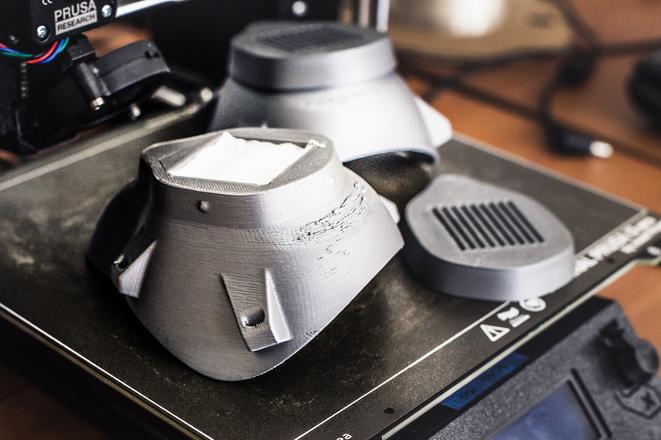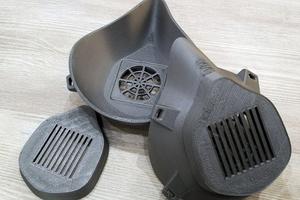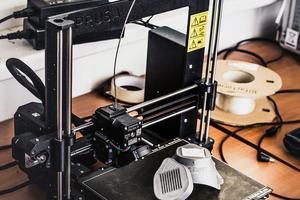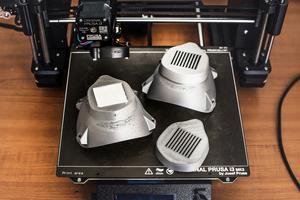Our paywall policy:
The Slovak Spectator has decided to leave all the articles about the coronavirus available for everyone. If you appreciate our work and would like to support good journalism, please buy our subscription. We believe this is an issue where accurate and fact-based information is important for people to cope.
The Faculty of Mechanical Engineering of the Slovak University of Technology in Bratislava (SjF STU) used a 3D printer to manufacture respirators from a special material.
The team of Juraj Beniak came up with an innovative use of nanocomposite, a multiphase solid material for 3D printing, whose main feature is that it eliminates more than 99.99 percent of moulds and bacteria, as well as a broad spectrum of microorganisms and viruses.
The respirator uses cotton material with silver fibres. The fabric can be cleaned and used again, the SITA newswire reported.
The team is currently working on improving the design and functional features, and is working on new, better material that will meet the strictest conditions for this type of protection for medical staff, said Renáta Sovičová of SjF STU.
Respirator for multiple uses
The respirator’s shape was not created by the faculty. The team used a 3D model that was freely accessible in the 3D printer database.

What is innovative though is the material. The nanocomposite was chosen due to its ability to eliminate various moulds, bacteria, microorganisms and viruses. It is patented, proven and highly efficient material with a FDA certificate issued by the US Food and Drug Administration, which also meets EU criteria.
The single-use masks are contaminated by the virus after a few hours, and thus unusable. Textile masks have to be washed and ironed in order to destroy viruses at high temperatures, Sovišová continued.
“The respirator produced from nanocomposite material should destroy viruses on the surface, and it is possible to reuse it,” she said, as quoted by SITA.
The respirator contains a filter that can catch the virus in both directions, during inhalation and exhalation.
The faculty now wants to address companies and individuals, asking them for financial or material help.



 (source: STU via SITA)
(source: STU via SITA)


